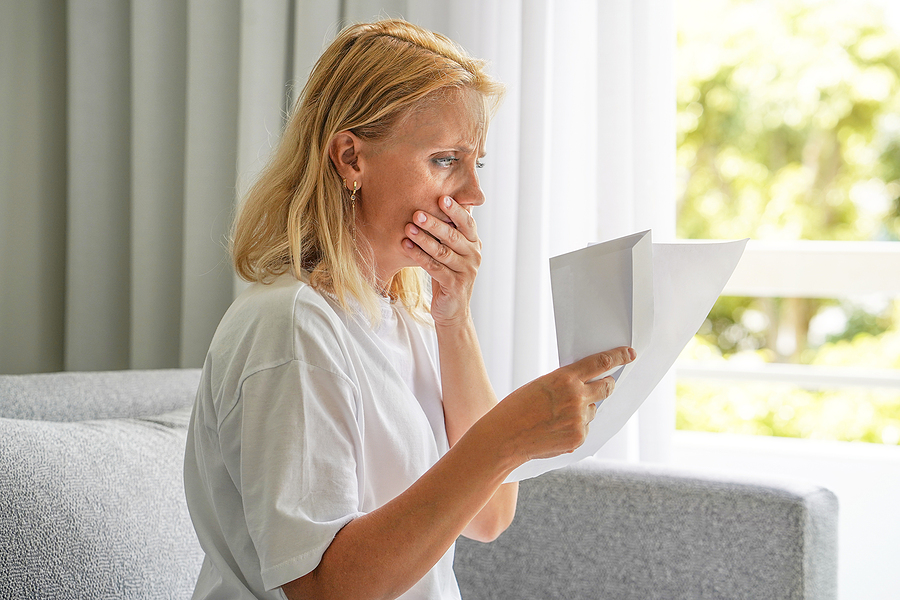Bankruptcy is available to almost anyone who finds themselves in a financially challenging situation. However, eligibility has some restrictions and is also subject to individual income and other factors. If you want to file for bankruptcy, you should first understand who can file for bankruptcy in Minnesota, as well as which types of bankruptcy are available to you.
This article explains who qualifies for bankruptcy in Minnesota and some of the different situations where filing for bankruptcy may be beneficial. If any of these scenarios apply to you, you should contact an experienced bankruptcy attorney for advice on the best course of action for your specific circumstances.
How Bankruptcy Works in Minnesota
There are two main types of personal bankruptcies available in Minnesota: Chapter 7 and Chapter 13. Each has different procedures and results. The type of bankruptcy that will work best for you depends on many factors, including how much debt you have, what kind of assets you own, and whether or not you have dependents. In most cases, bankruptcy is filed in the county where the debtor lives or does business.
Choosing the Right Bankruptcy Chapter For You in Minnesota
Bankruptcy is a legal process and there are many things you should know before filing. It’s important to choose the right chapter of bankruptcy for your unique financial situation. This includes understanding the pros and cons of each type of bankruptcy, as well as knowing when it might make sense to consider one over another. The attorneys of Kain + Henehan can help you make the right choice.
Chapter 7
A Chapter 7 bankruptcy involves the liquidation of assets and payment of creditors. Generally, a Chapter 7 bankruptcy will discharge all debts except taxes, child support payments, alimony, and certain other debts. Your debts will be discharged about four to six months after you file your petition.
If you qualify for Chapter 7 bankruptcy, a trustee will sell off nonexempt property and use those proceeds to pay off creditors. In exchange, you’ll receive a discharge of all debts. Your nonexempt property includes things like cars, jewelry, and personal items like a coin collection. If you do not have any non-exempt assets, then there is nothing to sell and creditors do not receive anything.
Chapter 13
A Chapter 13 bankruptcy allows debtors to pay off their debts over three to five years. It is a debt consolidation plan with the protections of the US government. You make a monthly payment to your Chapter 13 trustee who then distributes the payment to your creditors in keeping with the court-approved plan. Your plan will include a repayment schedule that shows how much you owe to each creditor and how long you expect to repay those debts.
Like Chapter 7, unsecured debts such as credit card debt or medical bills may be able to be discharged, but only after the repayment plan has been completed.
An Automatic Stay Protects You From Creditors
An automatic stay prevents creditors from taking any further action against you during the pendency of the case. This protection lasts until the discharge order is issued or the case is dismissed. In most cases, the automatic stay protects you from creditors for 60 days after filing.
Filing Your Bankruptcy in Minnesota
Filing for bankruptcy is an important decision, which should be taken seriously. There are many documents required to complete the filing process. Most people find it worthwhile to seek out an attorney. Hire a bankruptcy attorney early in the process to ensure that paperwork is filed correctly the first time.
After Filing for Bankruptcy in Minnesota
After you file for bankruptcy, there are some processes that your lawyer will walk you through. At Kain + Henehan we have created a simplified process to get your bankruptcy done with compassion and experience. The first step is to attend a 60-minute consultation with one of our lawyers either in person, by phone, or virtually. During this time, we will review your concerns and go over your options. Next, we will meet again after you’ve gathered some basic paperwork such as paystubs and taxes. Together we will fill out the filing paperwork.
We will then file the paperwork for you and then the debt will be discharged according to which chapter you filed, Chapter 7 or Chapter 13.
Once you have taken the steps to begin to right your financial ship, your credit score may recover faster after filing for bankruptcy protection than if you simply remained behind on your bills. After filing for bankruptcy, you can get out of the debt such as medical bills or credit card bills that have become overwhelming.
Hiring a Bankruptcy Lawyer in St. Cloud, Minnesota
Hiring a bankruptcy lawyer is highly recommended when filing for bankruptcy. A good bankruptcy lawyer, like Margaret Henehan or Bill Kain, should help you understand the law and answer your questions as well as guide you through the entire process.
If you are looking for a knowledgeable and empathetic bankruptcy attorney in Minnesota, contact Kain + Henehan by calling (612) 438-8006 or filling out the online form. We serve all of Minnesota. Bill is based out of the St. Cloud office and Margaret is based out of the Twin Cities office. All appointments can be conducted virtually as well. We can help you get started by answering your questions, assessing your current financial situation, and helping you file for bankruptcy.

